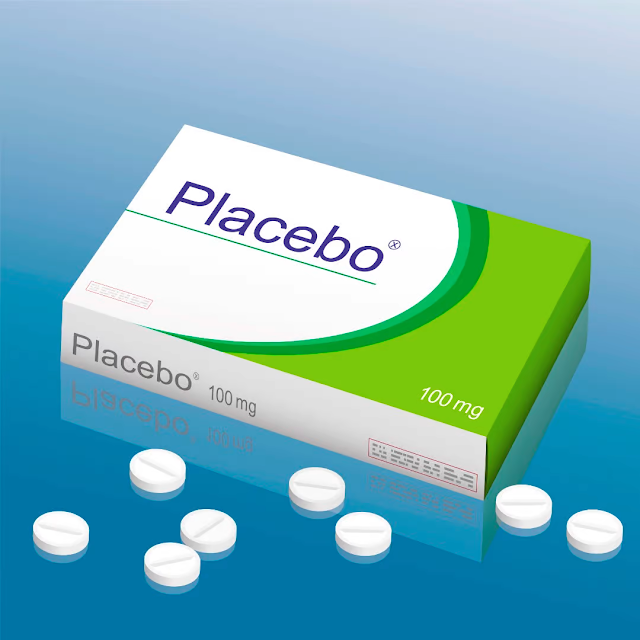Dual Struggle: Substance Abuse and Depression
Rachel received her Masters's Degree in
Counseling Psychology and specialized in Marriage and Family Therapy (MFT) with
Distinction. She is originally from Hong Kong, and she speaks several
languages, including Cantonese and Mandarin. Rachel is certified in Brainspotting,
and trained in Eye Movement
Desensitization and Reprocessing (EMDR), sand tray therapy, Gottman Couple
Therapy, and Play Therapy with young children.
Have
you ever noticed that a night of heavy drinking leaves you feeling even lower
the next day? That’s not just a coincidence—it’s brain chemistry at work.
Substance
abuse and depression are deeply connected, often forming a cycle that is
difficult to break. Many individuals with depression turn to alcohol or drugs
to cope with feelings of sadness, emptiness, or hopelessness. While substances
may seem to provide temporary relief, they often worsen depression in the long
run by disrupting the brain’s natural chemistry.
How Substances Affect the Brain
When
we misuse substances like alcohol, marijuana, opioids, or stimulants, they
activate the brain’s reward system. This system relies on dopamine and
serotonin—the “feel-good” chemicals that regulate mood and motivation.
Substances can flood the brain with these chemicals, producing a brief sense of
calm.
But
the brain adapts. Over time, it reduces its natural production of dopamine and
serotonin and makes receptors less sensitive. When the substance wears off, we
are left with even lower levels of these chemicals, leading to sadness, fatigue, and hopelessness.
NIDA
(2020) notes that when the brain relies on substances, it struggles to create
normal levels of reward on its own, impairing mood regulation and increasing
dependence. Other than that, alcohol is linked to higher levels of depressive
symptoms over time (Conner et al., 2009), and substance use disorders make
depression more severe and harder to treat (McGovern et al., 2023). In short,
what starts as a “bandage” (the temporary relief) for emotional pain often
becomes a deeper wound (deeper depression).
The TRAP
The
relationship between depression and substance use can feel like a trap:
Depression → Substance use for relief → Brain
chemistry imbalance → Worse depression → Stronger craving for substances →
Deeper depression.
This
cycle can lead to withdrawal symptoms, emotional lows, and even higher risks of
suicidal thoughts.
Healthier Ways to Cope with
Depression
The
good news: there are healthier, lasting ways to cope. Strategies that support
the brain’s natural chemistry can help restore balance:
● Therapy: Professional support to reframe negative thought patterns
and build coping tools.
● Exercise: Boosts mood by increasing natural endorphins and dopamine.
● Social connection: Being with others can counteract isolation and
hopelessness.
● Routine: Structure helps reduce decision fatigue and creates
stability.
● Sleep hygiene: Consistent, restorative sleep allows the brain to
recharge.
● Mindfulness: Breathing exercises, meditation, or focusing on the
present can reduce stress hormones and increase serotonin.
● Creative outlets: Art, music, writing, and/or hobbies can spark joy and
engagement.
● Nature and animals: Time outdoors or with pets has proven to improve mood and
reduce stress.
Final Thoughts
Substance
use may feel like a shortcut to relief, but in reality, it deepens depression
by disrupting the very brain systems designed to regulate mood. The path to
healing is not about quick fixes—it’s about rebuilding resilience and allowing
your brain and body to recover naturally.
If
you’ve ever found yourself stuck in this cycle, know that you’re not alone—and
it’s not a sign of weakness. Your brain and body are simply reacting to the
substances in ways that make recovery harder. With the right support, healthier
coping strategies, and patience, it is possible to break the cycle.
Contact
us at MiraCosta College Health Services at 760-795-6675 or mccshs@MiraCosta.edu or stop by Building 14, room 14114
at the OC campus or 917 at the SAN campus for more information.
References
● Conner KR, Pinquart M, Gamble SA.
(2009). Meta-analysis of depression and
substance use among individuals with alcohol use disorders. Journal of
Substance Abuse Treatment, 37(2), 127–137. doi:10.1016/j.jsat.2008.11.007
● McGovern MP, Dunn J, Bonnell LN, et
al. (2023). The Association Between
Depression and Substance Use Among Primary Care Patients with Comorbid Medical
and Behavioral Health Conditions. Journal of Primary Care & Community
Health, 14. doi:10.1177/21501319231200302
● NIDA. (2020). Drugs and the Brain. National Institute on Drug Abuse. https://nida.nih.gov/publications/drugs-brains-behavior-science-addiction/drugs-brain




Comments
Post a Comment